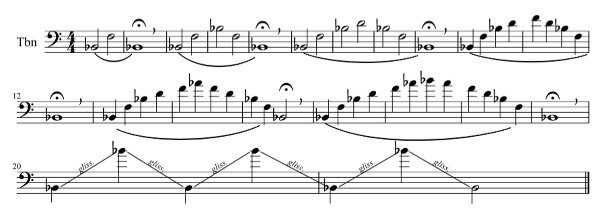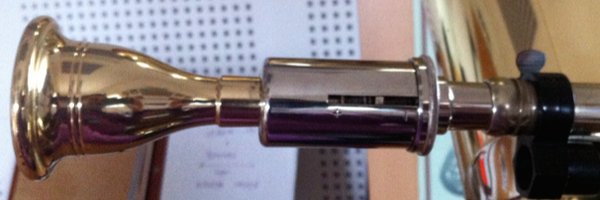02JUN
4 STRATEGIES TO DEVELOP THE HIGH REGISTRER IN BRASS INSTRUMENTS
Playing accurately in the high register is one of de most common problems brass musicians face.
How can I improve my high register?
This is a common question among musicians who contact me.Most of us have invested many hours practising to improve our high register.
We tend to achieve this improvement through strength and by applying excessive mouthpiece pressure against our lips.
Normally this is counter-productive, since excessive strength and pressure can exhaust us and make our music sound unpleasant and unnatural.
Generally speaking, we obtain high-pitched notes by carrying out a mix of actions
This is the way I do it:
- Controlled Pressuer: The mouthpiece need a certain amount pressure, but it cannot be excessive or it will block or muffle the sound.
- High-pitched notes are obtained by blowing the accurate amount of air presurre, which is possible thanks to a large amount of air. In other words, we have to control the different air pressures needed for each register.
- The Direction in which we blow the aire is also important. For the high register, I try to blow downwards, towards my feet.
4 Strategies to improve the high register:
1º - Playing everything an octave lower:
This is an exercise that has multiple benefits:
- When playing an octave lower we use double the amount of air and half the amount of pressuere than in the higher octave; therefore, we can play the passage in a confortable and controlled way.
- We better understand how the passage works, in terms of both sound and music.
- It allows us to play in a more relaxed way and with a large amount of air.
2º - Slur Flexibility + Glissandi:
With this exercise you will truly work with your instrument. At the beginning ir is a bit hard, but if you practise for a month, you will see the great benefits is brings.It is easy to do.
You have to play the exercise in each one of the instrument´s different positions, going down chromatically.
That would be from the open position (0 valves) to the closed positions (all valves pressed). Depending on the instrument we play (trumpet, trombone, French horn, euphonium or tuba) there will be more o less possitions.
The important point is to play in each and every position.
Once we finish this, we have to repeat the whole pattern one harmonic higher. Example: G C G,
Here is an example of the open position (0 valves) for each instrument:
Trumpet:

Trombone and euphonium:

French Horn:

Tuba:
3º- Working with the mouthpiece:
As we have seen in other articles, working with the mouthpiece has multiple benefits, and this is one of them. If we are patien and consistent, this is a great tool to improve our register.There are plenty of exercises we can do in an ascending and progressive way that will helps us improve this register.
The ones I use the most are (glissandi in fourths, fifths, octaves, etc.)
In the post The working the mouthpiece, you can find a video where I explain how to do this exercise.
4º - Working with the pressure controller:
This device specifacilly works on the pressuere we put on the mouthpiece:
It may be the most useful tool to improve the high register.

Benefits:
- It detects excessive pressuere when we play.
- It helps develop the high register.
- It helps work on resistance.
- It improve sound quality.
- It enhances the use of air.
Finally, I would like to remind you that every exercise has to be played in a musical way.
The development of the high register is one of the aspects we address in the courses and lessons I give in my online training platform Learn.davidtuba.com. For more information, click on the link.















Leave a comment